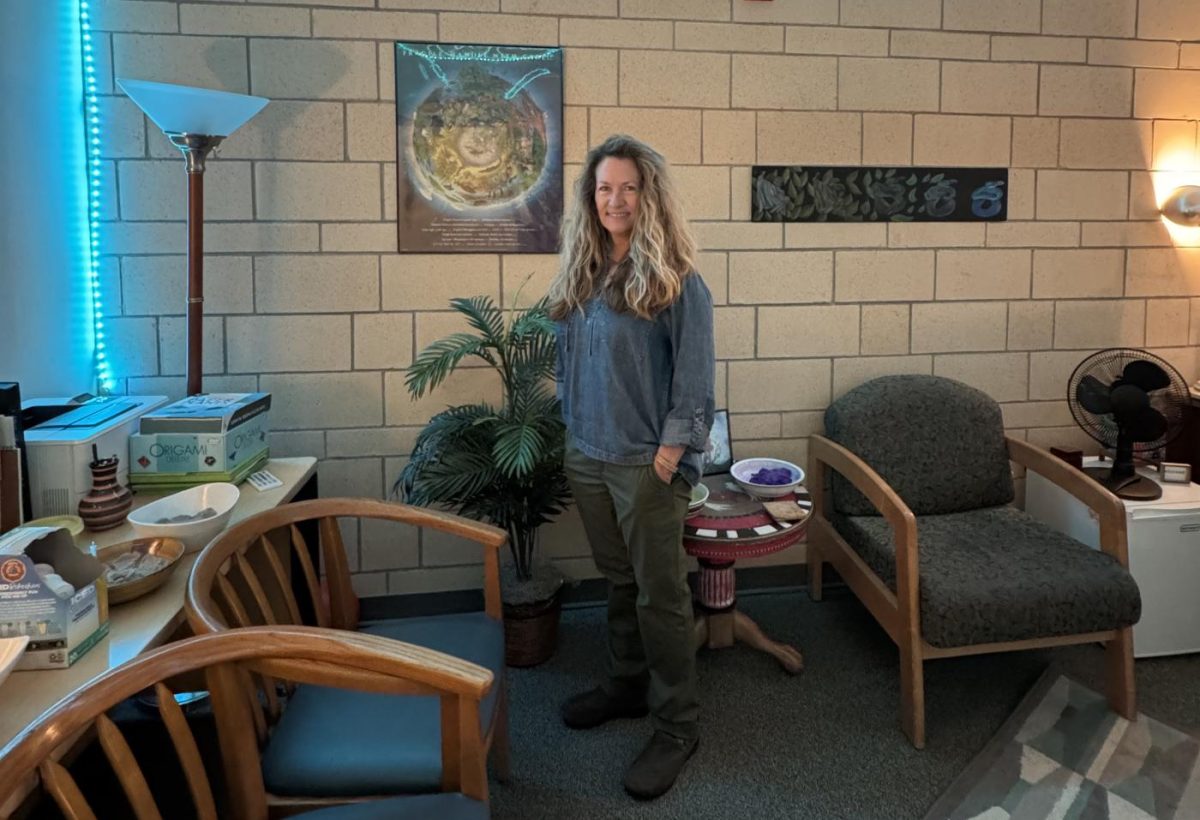Recent studies have been instrumental in the development of legislation that would make secondary education facilities begin their educational practices later into the morning.
With American education awareness on the continual rise, a major issue that has recently been gaining momentum is class start times for secondary schools. Recent studies have proven that most teenagers’ bodies are not able to wind down and fall asleep until about 11 p.m., and do not come out of their circadian rhythm until about 8 a.m. That nine hour sleep cycle is not only crucial for brain activity and homeostasis function, but if not met can cause serious health problems. According to the National Sleep Foundation, only 15 percent of high school students report getting 8.5 hours of sleep on school nights. By breaking the crucial circadian rhythm, where the brain and body reset from the day, students are drowsy, sleep-deprived and, in some cases, can become depressed.
Dr. Kyla Wahlstrom at the University of Minnesota has completed extensive research that proves that high school start times should be pushed back. According to her research, by pushing start times back to around 8:30 a.m., attendance and enrollment increased, students increased their daytime alertness, and student-reported depression rates decreased. By adding what is roughly five hours of sleep per week, students’ performance levels exponentially grew.
Although many have jumped on the bandwagon of the new Start School Later campaign, some are apprehensive about what effect it would have on other activities. Many who are unsupportive of the change are concerned about how it would affect extracurricular activities, such as sports and after-school daycare. Another group who is concerned about making such an extensive change to school schedules is school district administrators. Their argument is that school bus schedules and rhythms have been developed and in place for years. Also, many districts run the same busses for their elementary and middle schools as they do for their high schools, and therefore would have to reroute and attempt to make schedules coincide so that every student has access to transportation.
In Edina, Minn., a high school pushed back their start time to 8:30 a.m. and students showed an improvement in standardized test scores, which could not be attributed to any other circumstance besides starting school later, according to the school district.
Besides improving test scores and student health levels, sleep deprivation is one of the leading causes of drowsy driving in America, which according to the National Sleep Foundation causes around 100,000 car crashes every year. Teenagers are among the highest percentages of drowsy drivers who end up in a deadly or injuring car accident.
With a majority of high schools starting around 7:00 to 7:30 a.m., parents and students alike are banning together to join the campaign to make student health and wellness a priority. Although no major campaigning has gone on in Fort Collins, many of the students at Fossil Ridge High School believe that starting school later would be beneficial to them. “I feel like if you get more sleep initially, you won’t be as tired later in the day,” senior Alyse Wells said.
Like most high school students, Wells goes to bed close to midnight and gets up at 5:30 or 6:00 a.m., which puts her at an average of six hours of sleep a night. Fossil Ridge though has an interesting addition to their week. Every Wednesday, there is an hour-and-a-half late start, which means class begins at 9:11 a.m.—around the same time they would if the new campaign were to be established. “It’s so much easier to come to school on Wednesday,” Wells said.
As the problem is brought to the forefront of people’s minds, people begin rationalizing ways that sleep can be regained. The problem is that teenagers’ answer to their weekday sleep deprivation usually involves sleeping in on the weekends and taking naps. “I take naps almost every day,” Wells said.
Wells’ regular napping routine is not a unique situation; many Fossil Ridge students confess that they take naps on a regular basis. Senior Shane Swift confessed that at least three times a week he takes a 1-2 hour nap. Although both of these done in moderation can be beneficial, solely relying on them will actually prove to be more detrimental, according to TKTK.
Recent studies show that continuing regular sleep patterns throughout the weekend will help students be less sleep deprived. “I go to bed at about the same time on the weekends as I do on weekdays, but I sleep in to around 10 a.m. instead of getting up at 6 a.m.,” Swift said. Many students go to bed later on the weekend and sleep far past 8 a.m., but going to bed closer to the same time as well as getting up around 8 a.m. will help students regain some sleep.
Similarly are naps. Although small, half-hour naps can be assets that help students regain energy, but longer naps and naps that are taken too close to bedtime can ultimately be more harmful than they are good to a teenager’s body.
As the campaign continues to gain speed, students everywhere are joining in the fight to make this change possible. Students at Fossil Ridge believe that it could truly be the difference in students being more alert and awake during the day. “It would definitely help test scores and study habits overall,” Swift said about how it would affect students.
Not only would it help academic statistics, but it would help limit student health problems, according to Wells. “At the end of the day, I’m exhausted just because of how early I got up.”














